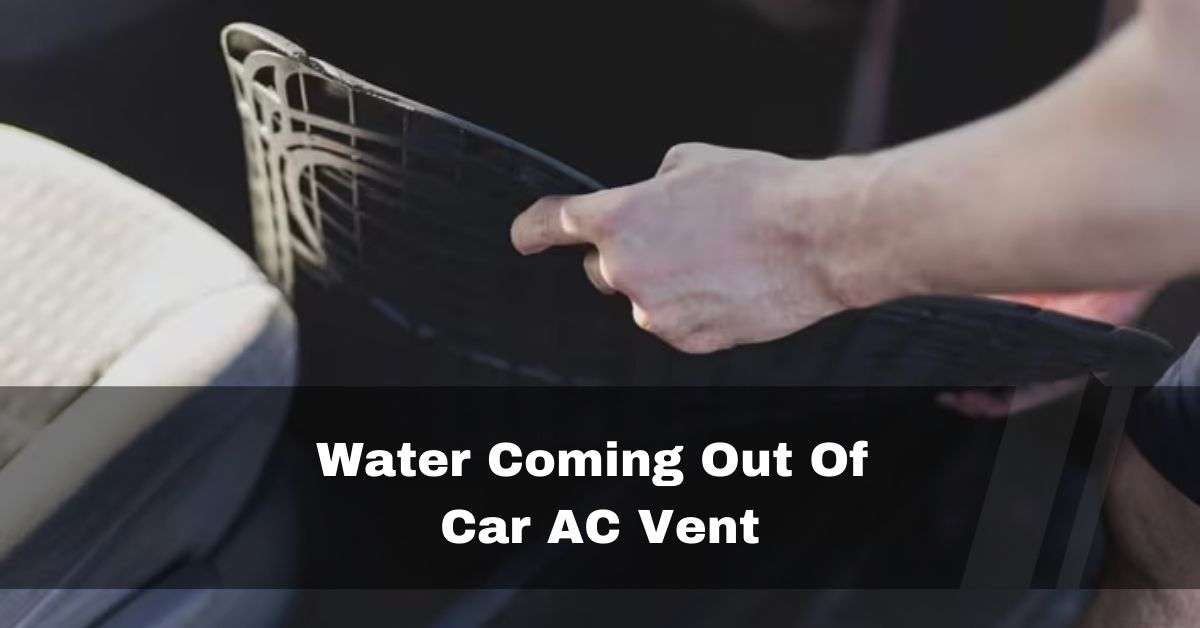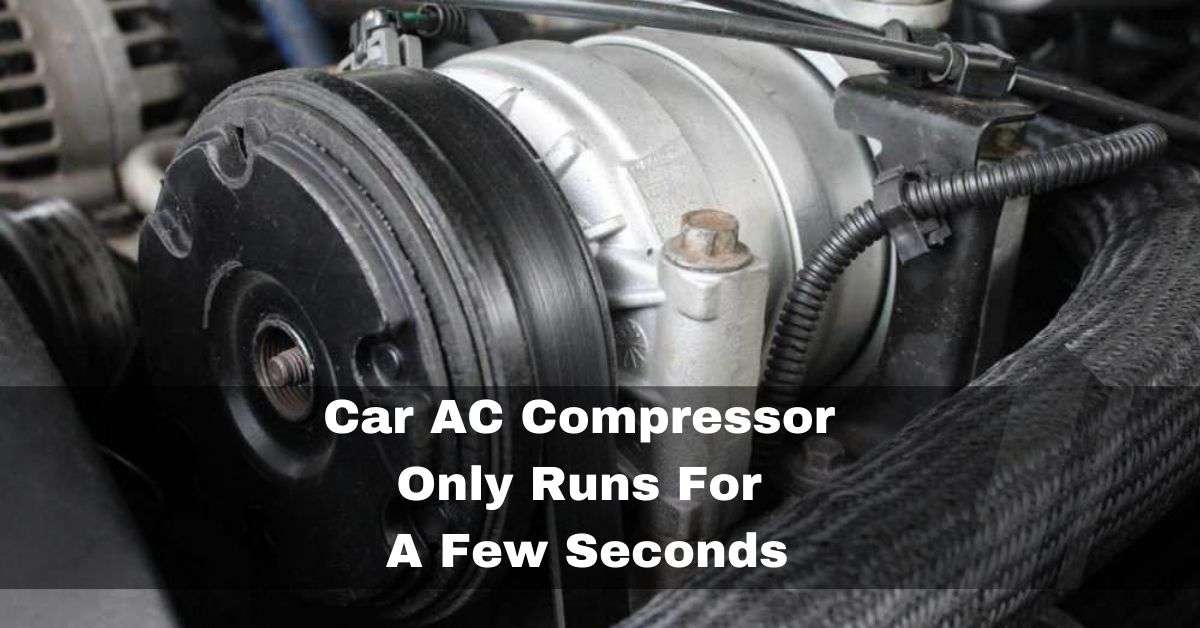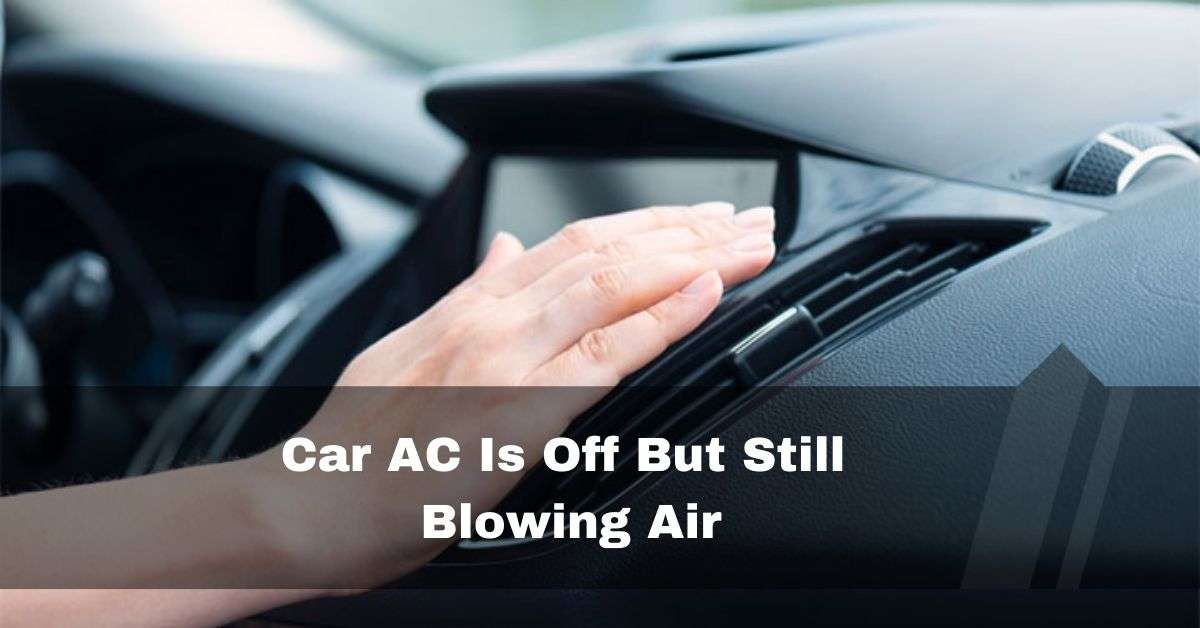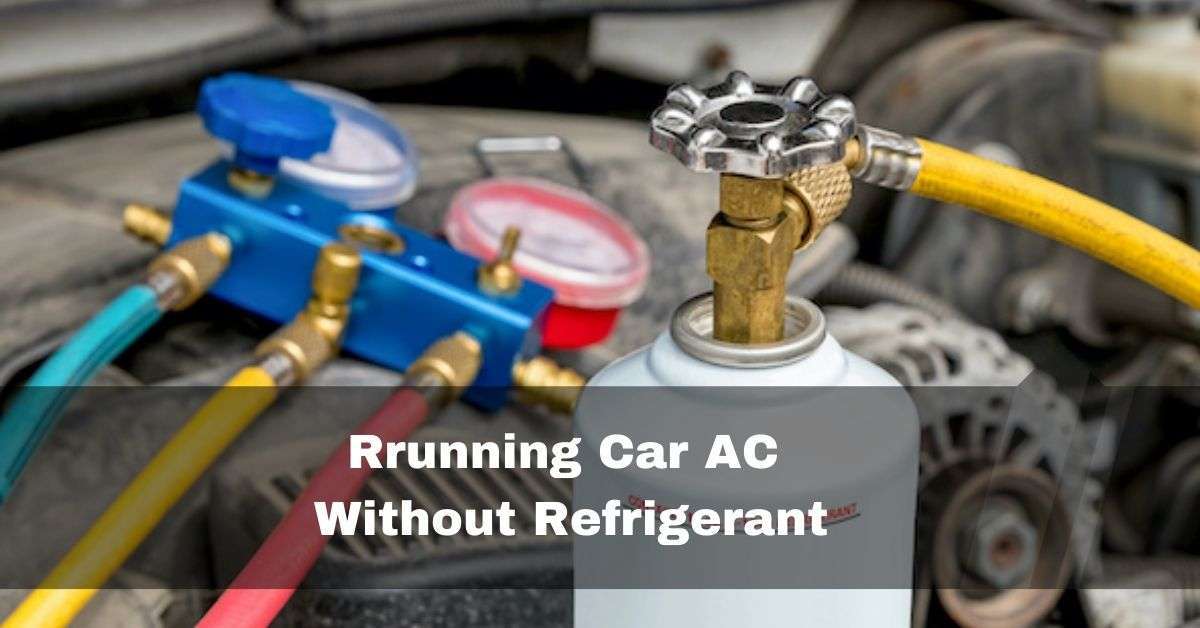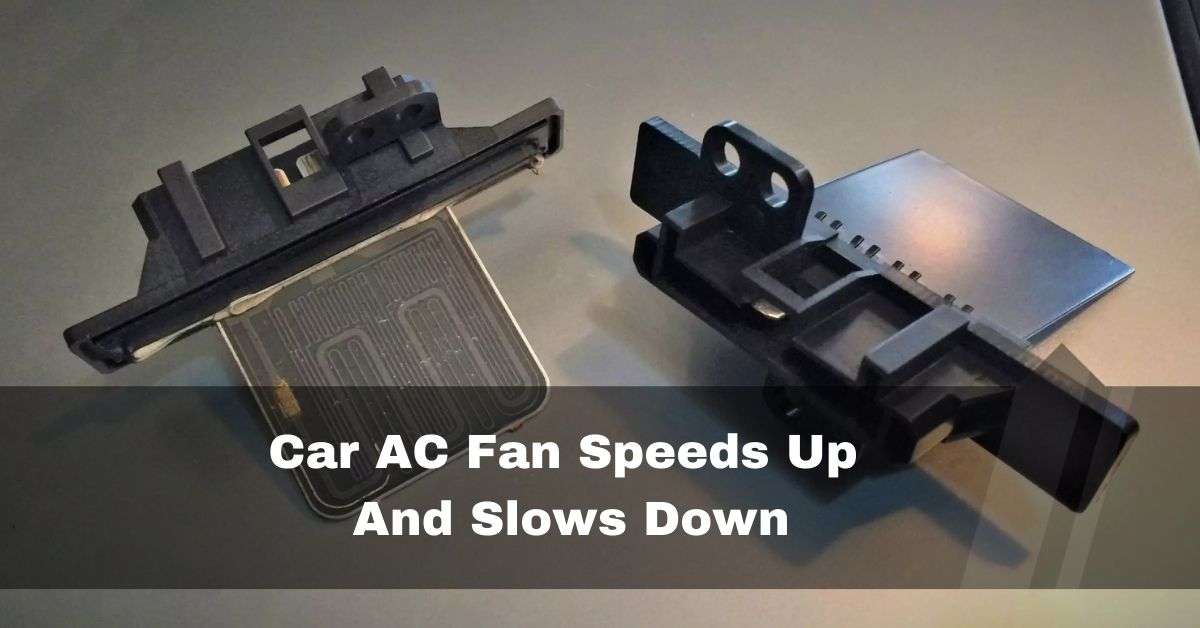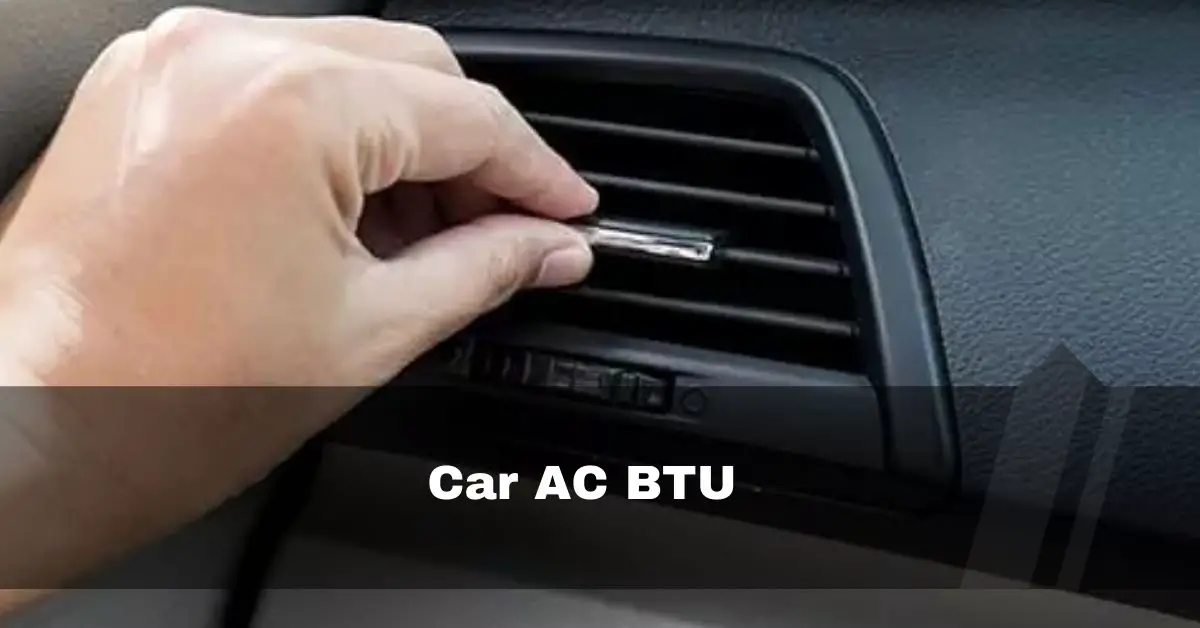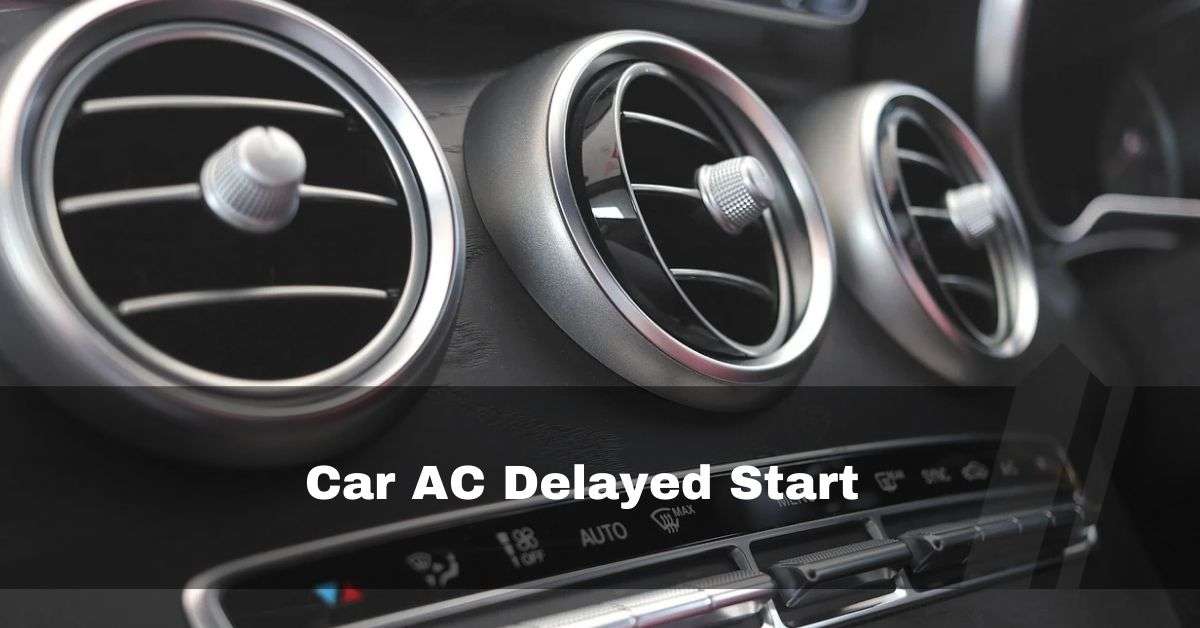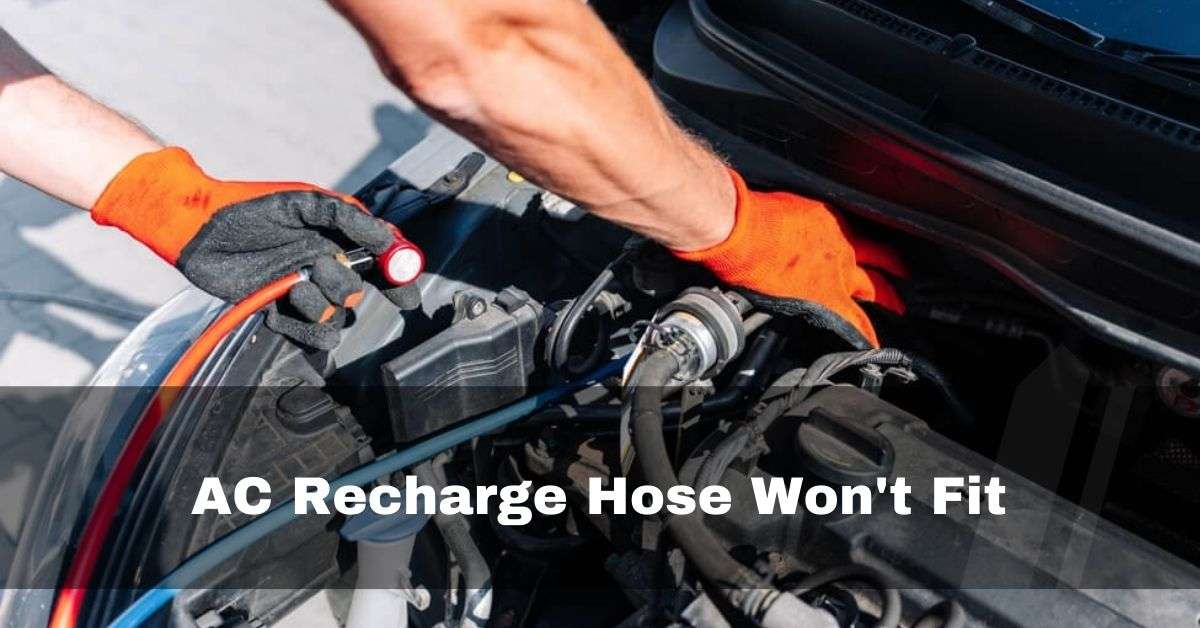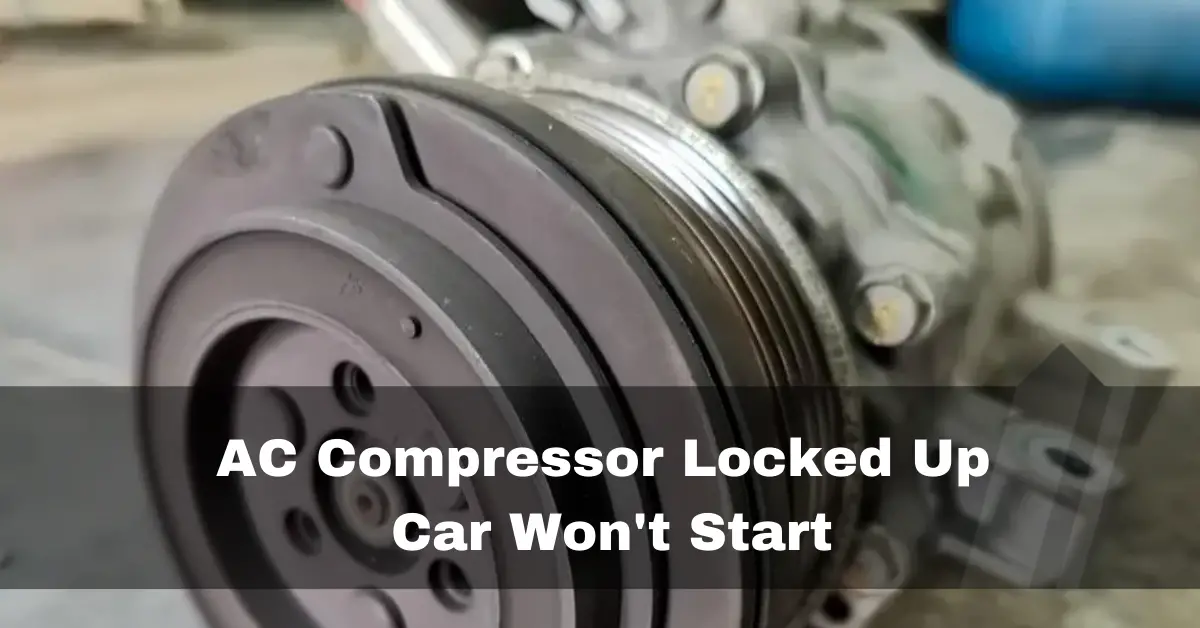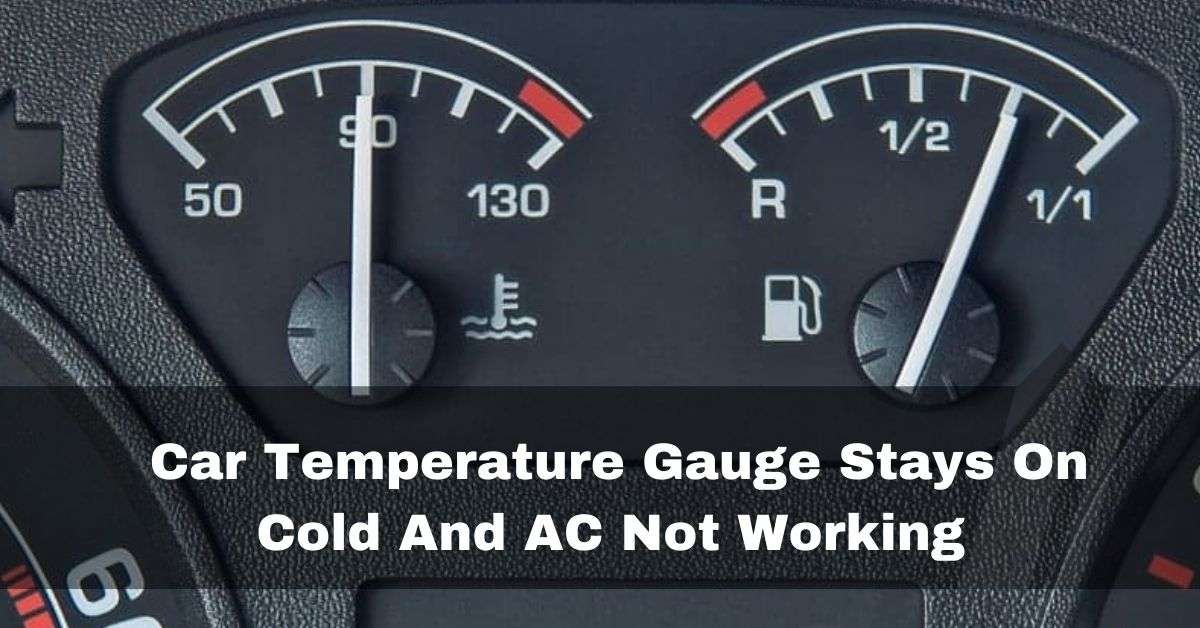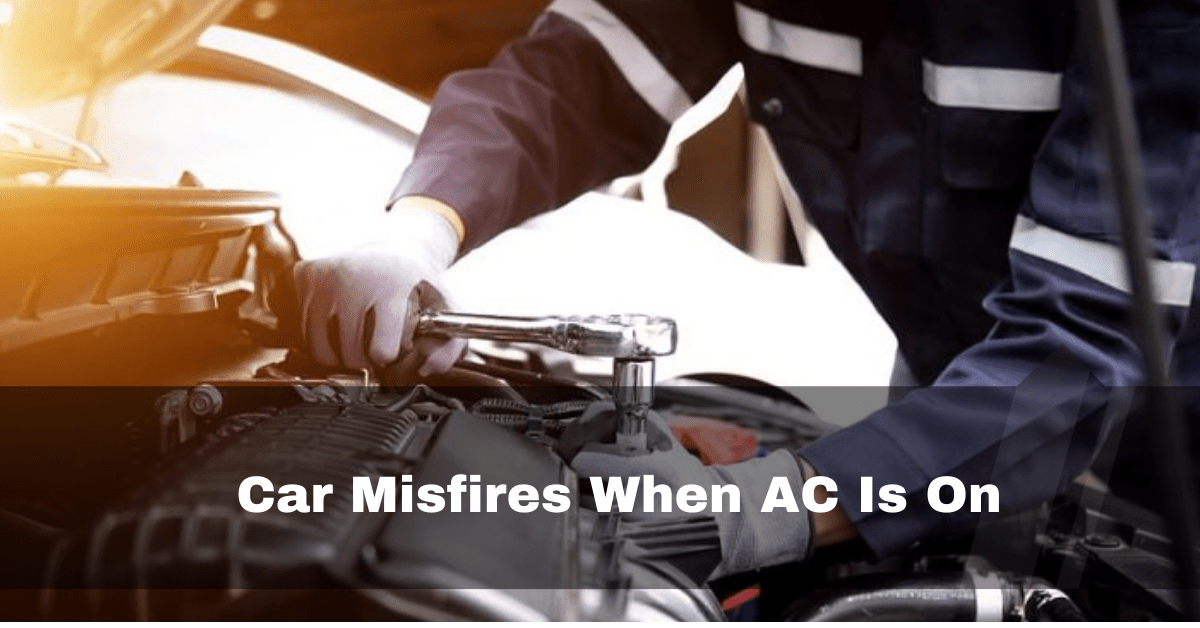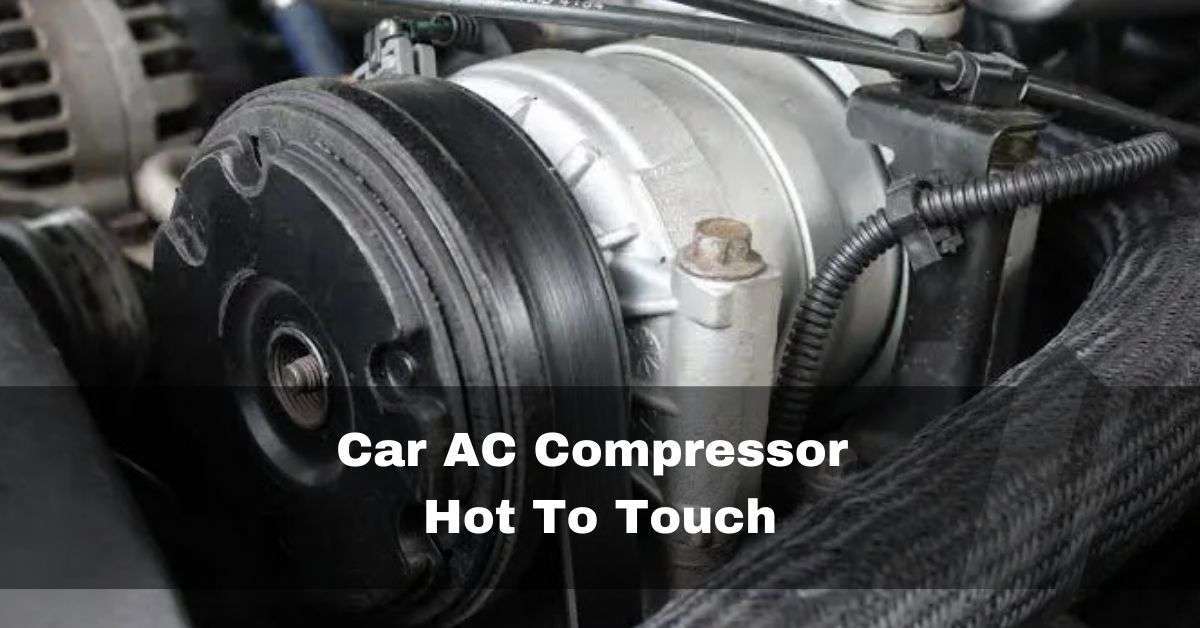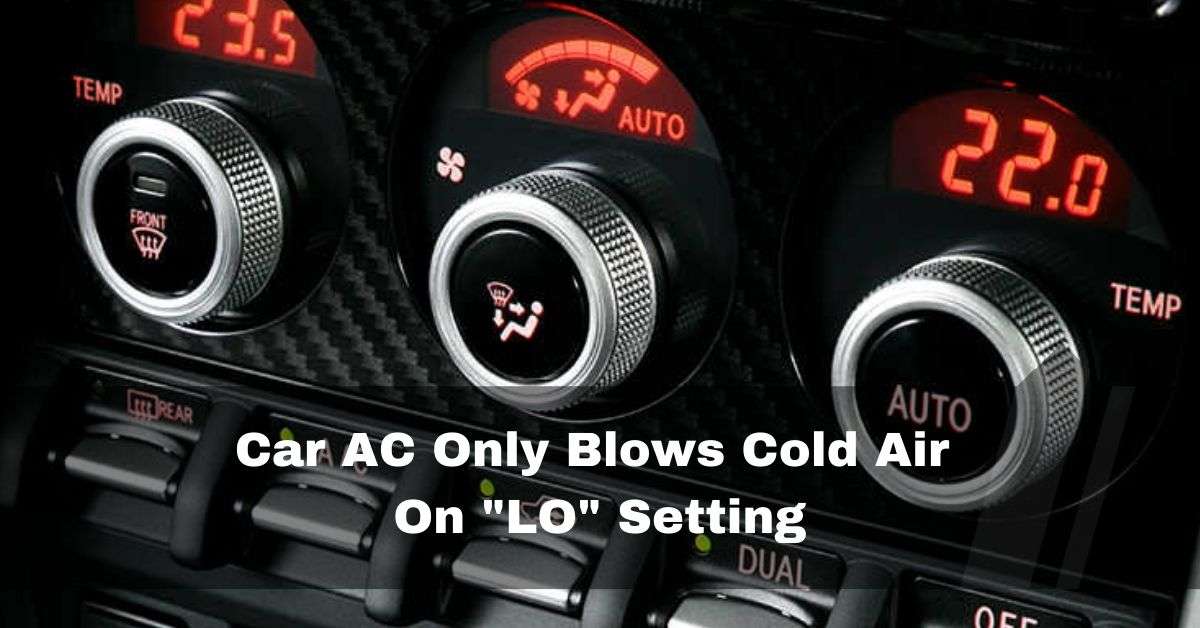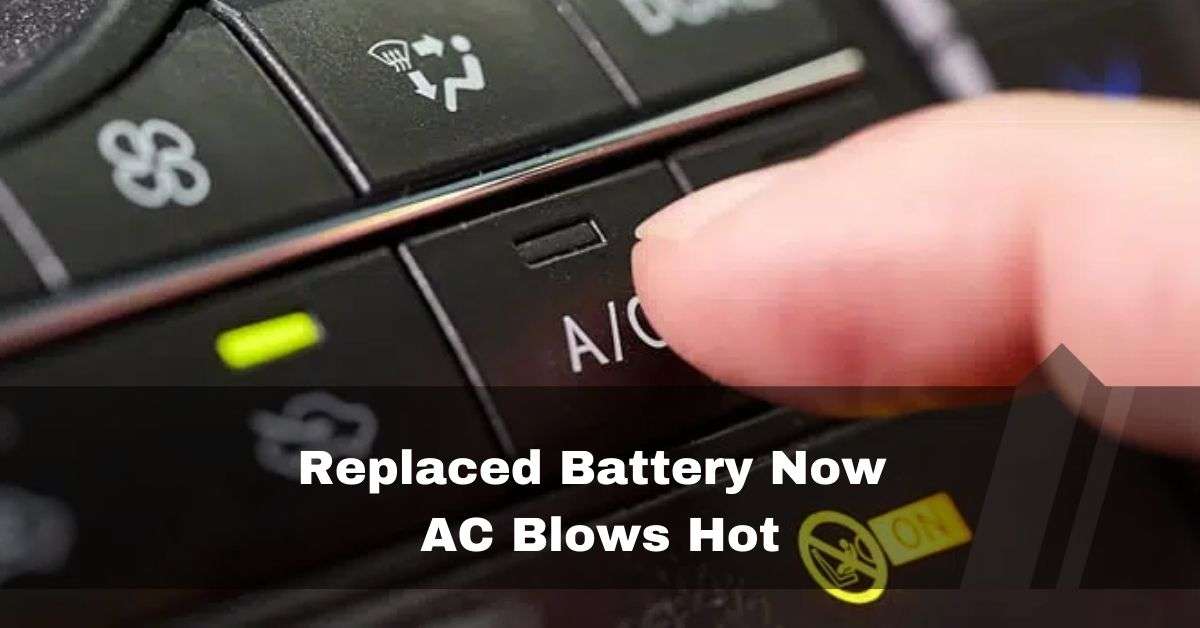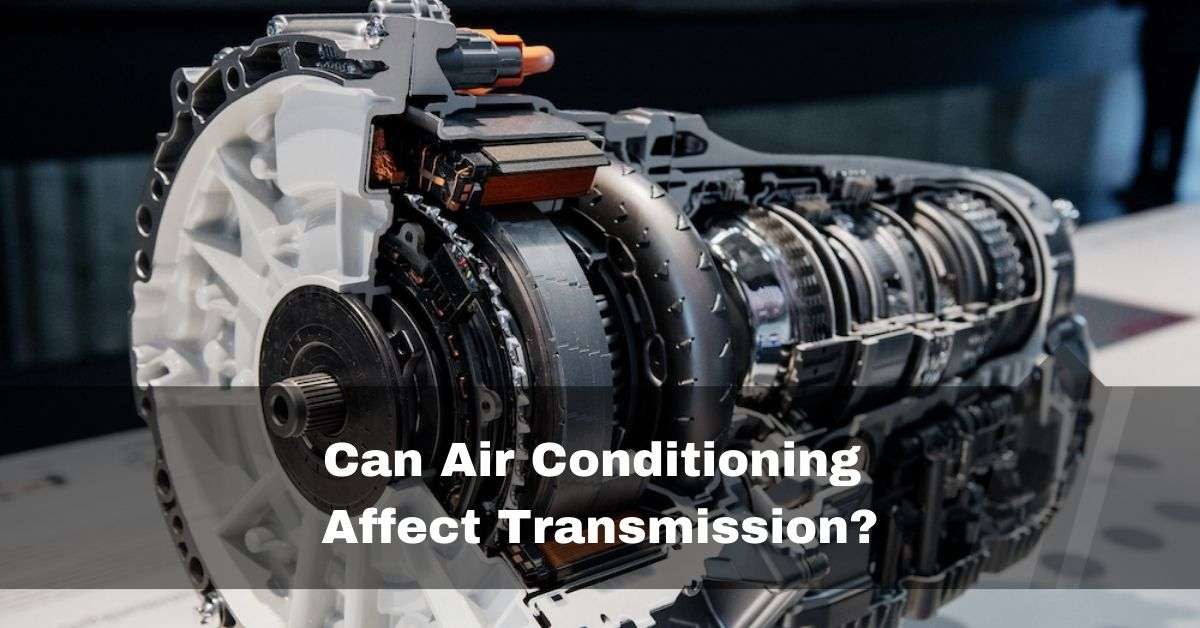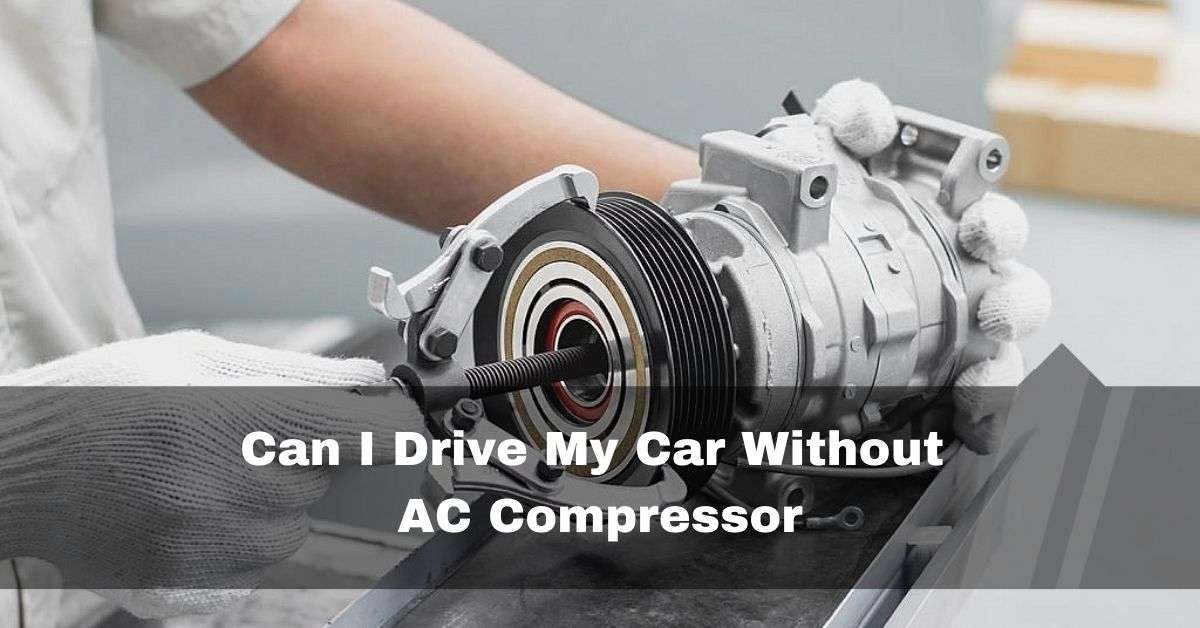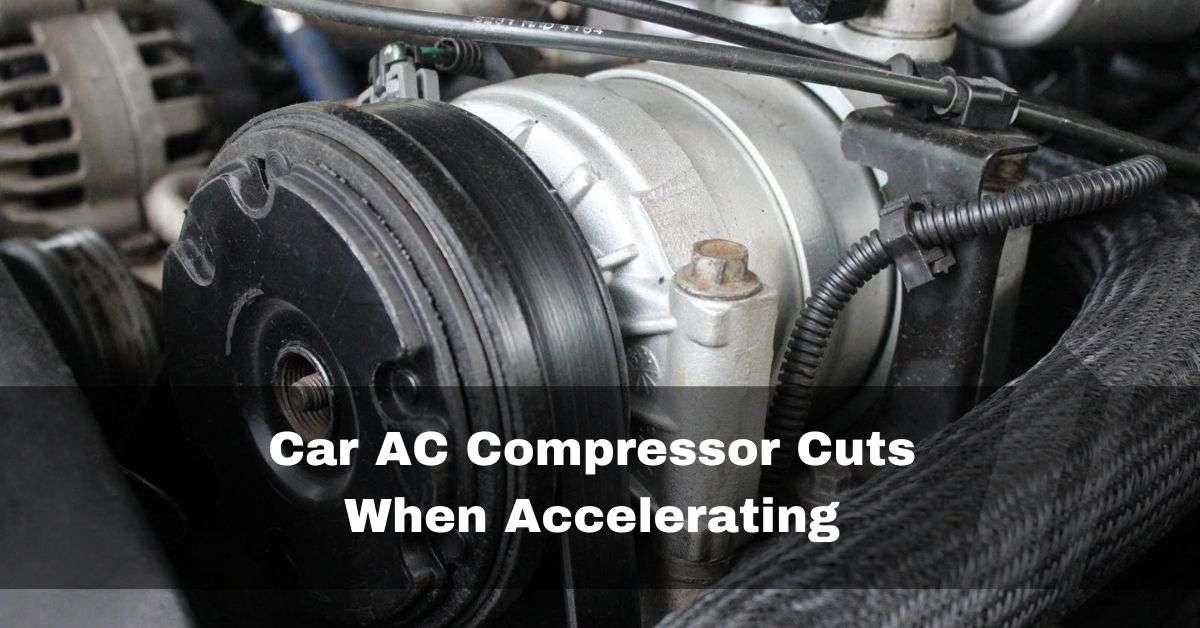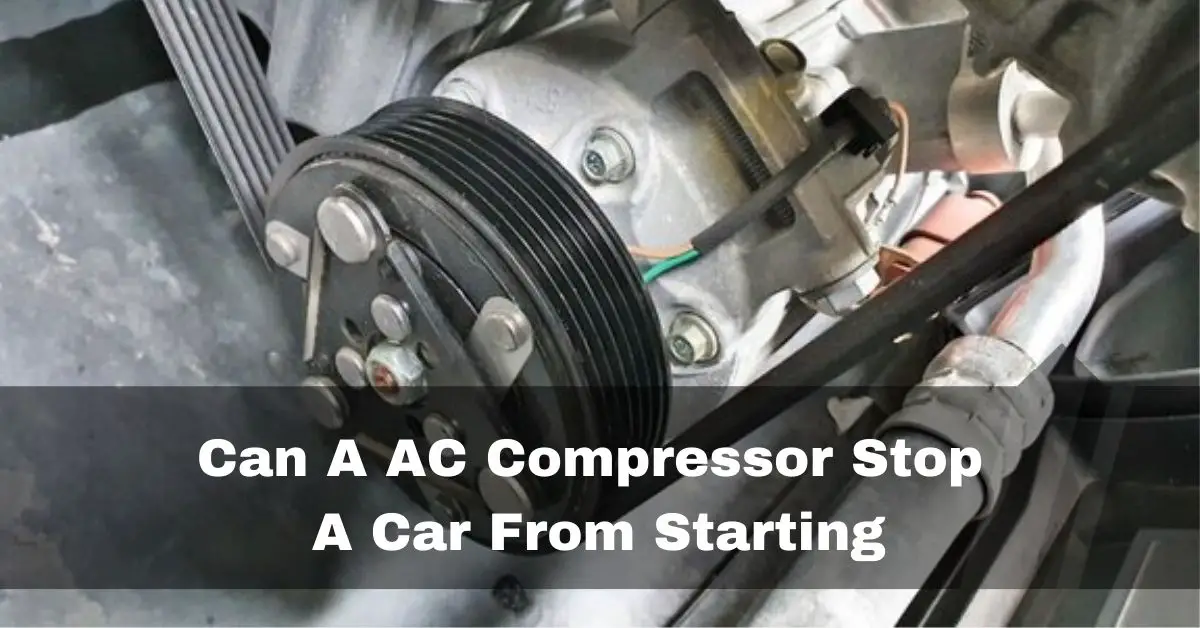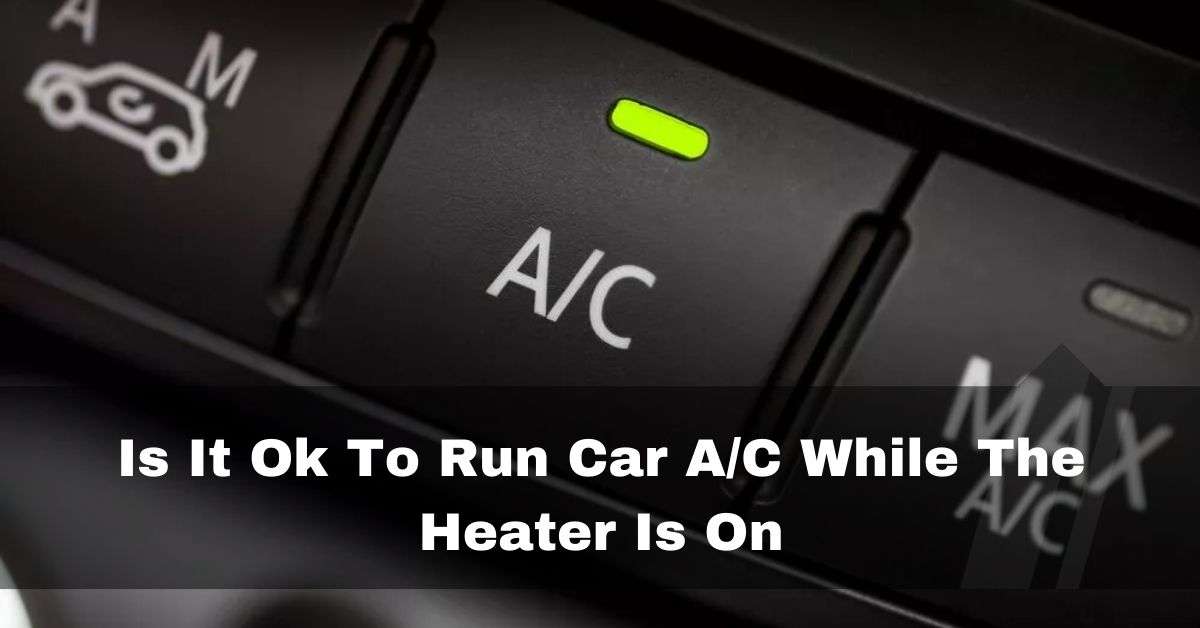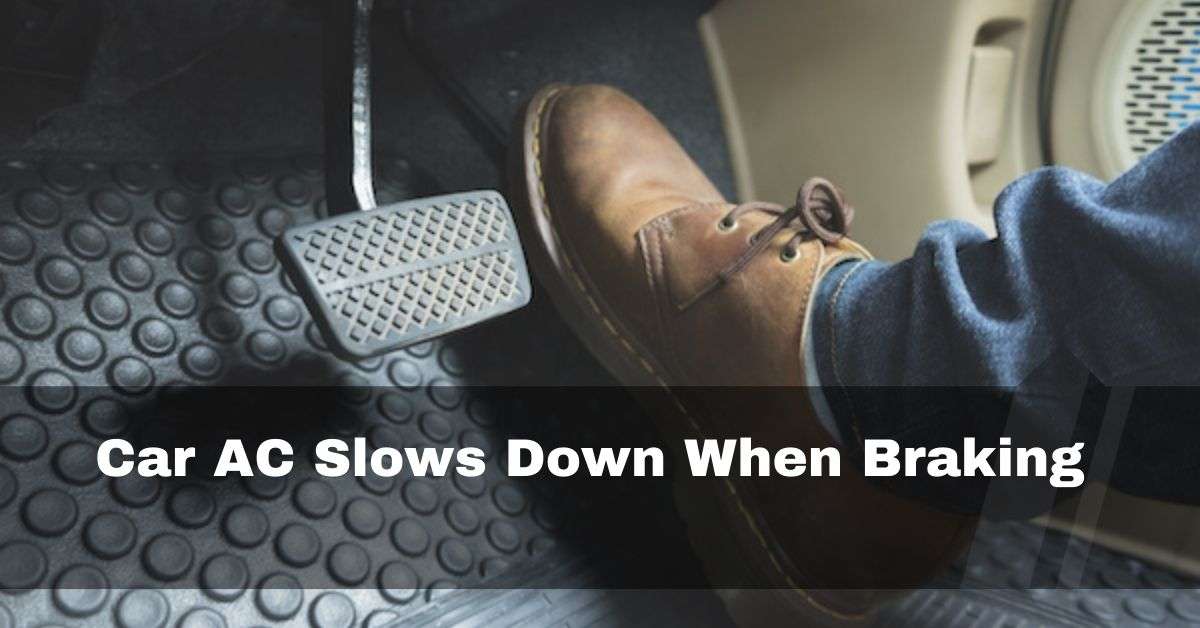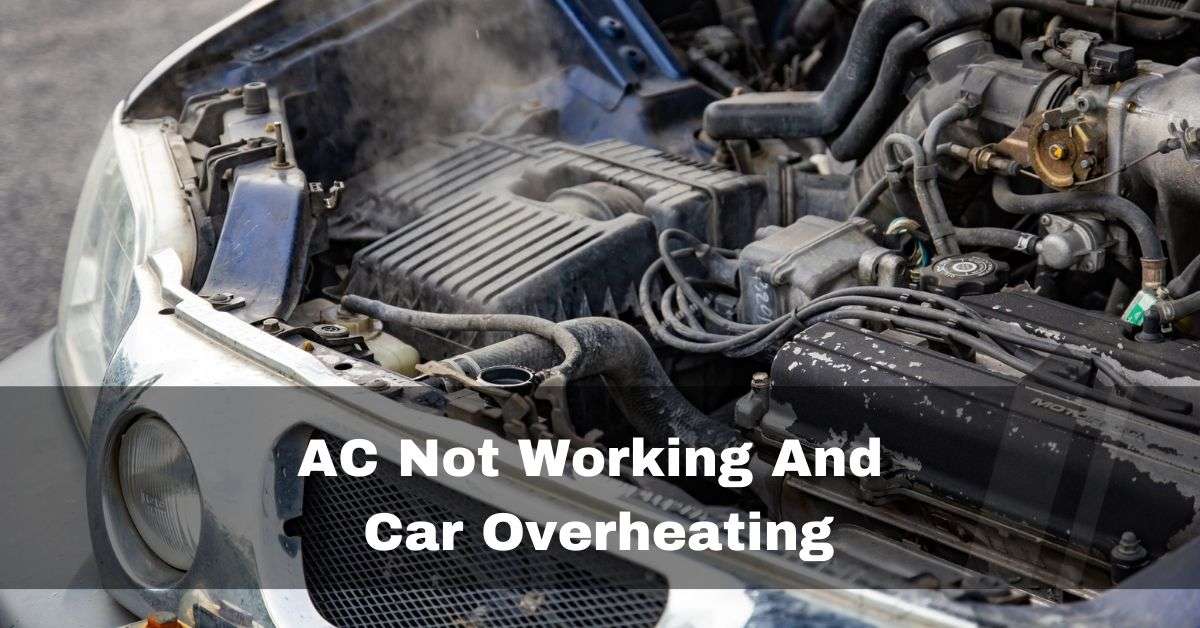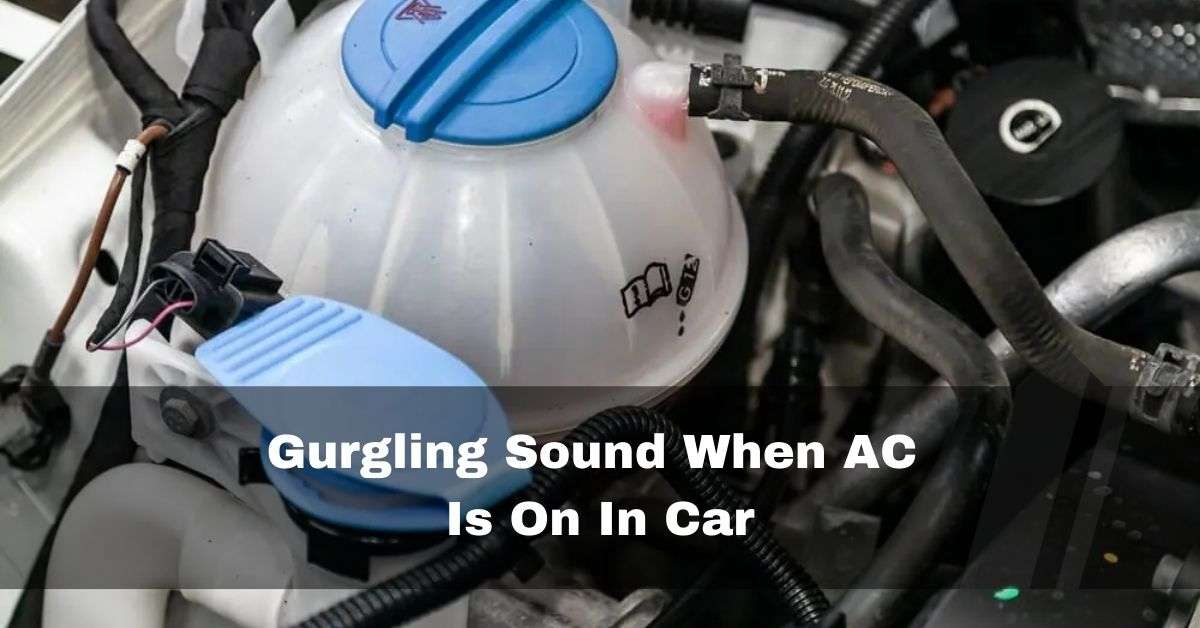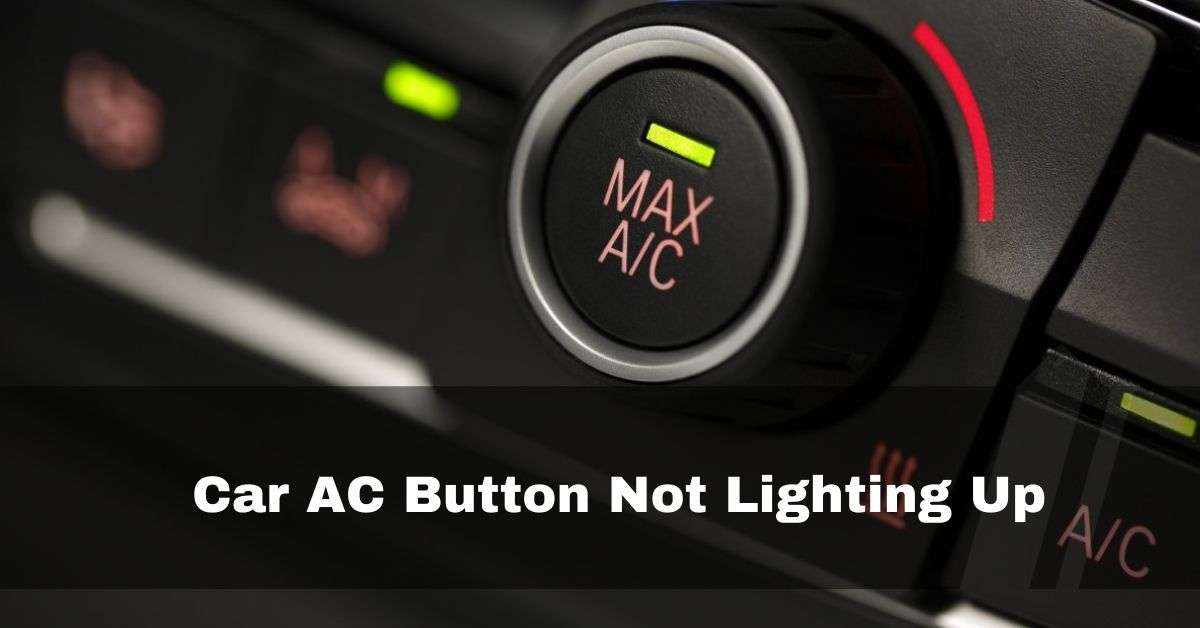Nothing is more refreshing than turning on the car’s air conditioning system to enjoy a cool and comfortable ride on hot summer days. But occasionally, water may be seen dripping or even flowing out of the car’s AC vents, alarming and confusing drivers and passengers.
The air filter in your air conditioner may clog up due to debris buildup. It might cause the evaporator coils in the car air conditioner to freeze, resulting in an overflow of water from the condensate drain.
This article will discuss the reasons behind this issue and explore when it’s a cause for concern.
Table of Contents
Why is Water Coming Out Of The Car AC Vent? What To Do?
1. Blockage In The Condensate Drain Pipe:
Why car ac leaking water passenger side? The air conditioning system’s main job is to cool the air by removing heat and humidity. On the evaporator coil, moisture in the air condenses to form water droplets as the air conditioner runs.

The condensate drain line should be used to remove this water. Water will build up and eventually start dripping into the cabin through the AC vents if the drain line is blocked by dirt or debris. A clogged or blocked drain pipe below the A/C evaporator in the passenger compartment would cause this.
How To Fix:
How to fix air conditioner leaking water inside car? As long as you are familiar with the components and operation of your car, clearing a condensate drain is typically simple. The condensate drain pipe must first be located; it is typically on the passenger side of the engine, toward the back.
Squeeze or bend the hose to release any debris once you’ve found it. To clear the hose, you should carefully insert a screwdriver. To avoid damaging the ventilation system, proceed with extreme caution. To be safe, it’s preferable to consult an auto air conditioning expert if you don’t feel comfortable doing this on your own.
2. The Condensate Drain Is Not Properly Attached To The Ventilation System:
The condensate drain may occasionally not be securely connected to the vehicle’s ventilation system. Because of this misalignment, water may leak from the AC vents through cracks or other openings.

How To Fix:
If you are familiar with the components of your car and are okay with getting your hands dirty, you might attempt to fix this on your own.
The condensate drain can be discovered at the lowest point in your vehicle’s ventilation system and under the evaporator (which is typically located inside the passenger compartment). Check that the condensate drain is connected to the ventilation system and running outside your car.
3. Dirty Or Blocked Air Filters:
The HVAC system of a car relies heavily on air filters to keep dust and other debris out of the cabin. These filters block airflow over the evaporator coil when dirt and grime accumulate. The coil can freeze because of the restricted airflow, which would result in excessive condensation and water leaks.

How To Fix:
Keeping your car’s air filter clean is important, and it’s best to leave this to the experts. At least once a year, or as instructed by the manufacturer in your owner’s manual, have your car inspected and maintained. Regular AC maintenance will aid in avoiding more severe issues. After all, prevention is preferable to treatment.
4. Broken Condensate Drain Pan:
Water that drips from the evaporator coil is gathered by the condensate drain pan and directed to the drain pipe. The water may not be routed properly if the drain pan is damaged or fractured, leading to leaks into the car’s interior.
How To Fix:
A broken condensate drain pan has to be replaced, depending on the extent of the damage. Have this inspected by a mechanic, and replace it if necessary.
5. Frozen Evaporator Coil:
Due to problems with the refrigerant or restricted airflow, the evaporator coil may freeze if it gets too cold. Once the evaporator core is overflowing, excess water may overflow the condensate drain pan and seep through the AC vents when the coil eventually dissolves. Water coming out of the AC vents in your car is usually the result of excess water that has built up inside the AC system.

How To Fix:
A twice-yearly tune-up of the system is advised to ensure that refrigerant levels are maintained, and leaks are found swiftly to prevent further harm to the unit.
6. Low Refrigerant Level:
The air conditioning system uses a refrigerant to cool the air. The evaporator coil may get overly cool if there is a leak or poor maintenance that has caused the refrigerant level to drop. Overproduction of condensation results in overloading the drainage system and resulting in water leaks.

How To Fix:
Blowing warm
FAQs:
1. How Much Water Should Drip From My Car Ac?
It only seems to sense that water will leak out as the humidity turns to liquid. However, there shouldn’t be a waterfall, only a drip, coming out of your car’s air conditioner! Any patch that is larger than a saucer is problematic.
2. Why Is Ac Draining So Much Water?
The most typical cause of a water-filled drain pan on an air conditioner is a clogged drain pipe. Algae, mold, and other fungi thrive inside refrigerant coils and pipelines. Bacteria and mold can clog the drainpipe over time, resulting in water buildup and leakage into the drain pan.
3. How Do I Know If My Car Is Leaking Coolant Or Water?
From the driver’s seat, you might be able to smell it as well. After you’ve parked, there are puddles under the car that are lime green, orange, pink, or blue-green. Antifreeze manufacturers use these dye hues to distinguish coolant from other automotive fluids.
4. Why Does My Car Leak Water When The Ac Is Off?
As previously mentioned, if water is flowing under your car while the air conditioner is off and the leak is only coming from the exhaust, the water leak may be caused by condensation on the exhaust pipe.
Conclusion:
To avoid harm to the interior and electrical systems of the car, water leakage from the AC vents must be addressed quickly. Car owners can take the necessary action to address the issue by being aware of the typical causes, which include clogged condensate drain pipes, low refrigerant levels, dirty air filters, and damaged drain pans. Routine maintenance and professional inspections are important to keep the car’s air conditioning system functioning at its best and enjoy a comfortable and leak-free driving experience.

